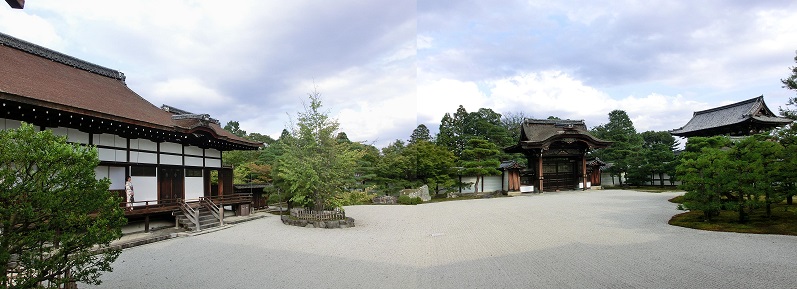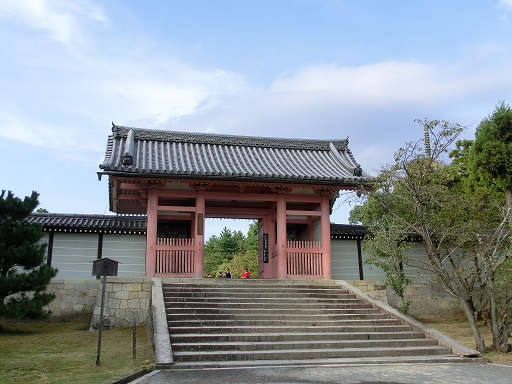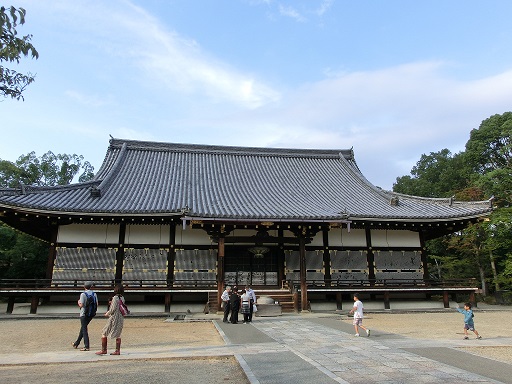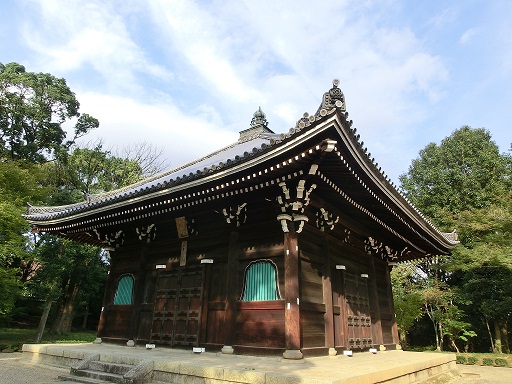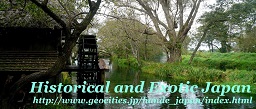|
Ninnaji Temple in Kyoto
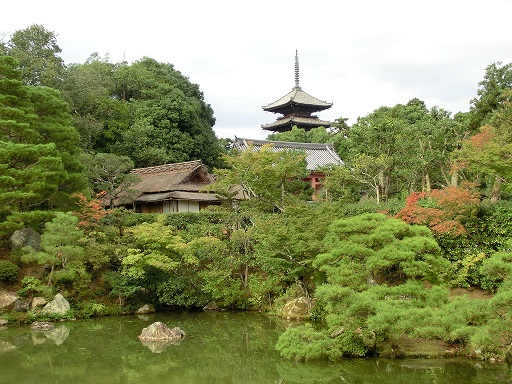
Ninnaji Temple is a representative and well-known temple in Kyoto. It was founded in 888. The temple has 90,000 square meters in area. Ninnaji Temple is a historical and traditional temple. Also, Ninnaji Temple is well-known to Japanese, because of the well-known essay, "Tsurezure-Gusa", written by YOSHIDA Kenko (1283? - 1352?) , at the end of the Kamakura Age (1185 - 1333).In the essay, he wrote the story of a monk at "Ninnaji" temple in Kyoto who visited Iwashimizu-Hachimangu shrine. He just visited an auxiliary shrine located at the foot of Mt. Otokoyama, where the main Iwashimizu Shrine was located, He regretted it a lot after knowing that the main Iwashimizu Shrine buildings were located on the top of Mt. Otokoyama and said a guide is necessary in everything. If you walk from Omuro-Ninnaji Station on the Randen Line to the north, you will see the Deva Gate. 
The Deva Gate was rebuilt by the third Tokugawa Shogun, TOKUGAWA Iemitsu (1604 - 1651) in 1645. It is designated an important cultural property of Japan. The Deva Gate of Ninnaji Temple is said one of three major temple gate in Kyoto. Other two major gates are at Chionin and Nanzenji Temples.Please refer the page of Nanzenji Temple in Kyoto: http://handejapan19.html.xdomain.jp/TravelDestinations/Kansai/NanzenjiTemple_E.html The statues of Deva Kings are located on the both side of the gate. They are temple gurdians and look very fierce. |



